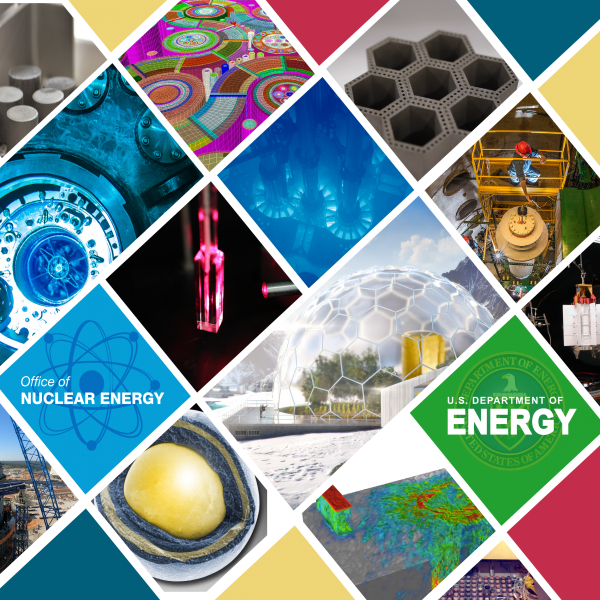Part 2 of 5 Parts (Please read Part 1 first)
According to TerraPower and GEH, the development of Natrium functionality has been as important to them as their work on cost-reductions. The technology’s end-goal is a system that provides “firm, flexible power that seamlessly integrates into power grids with high penetrations of renewables.”
The most significant aspect of Natrium is that the system can either generate electricity with the heat produced by the reactor or it can use molten salt energy storage technology to store the heat produced by the reactor. This has the potential to “boost the system’s output to 500 MWe of power for more than five and a half hours when needed.”
Natrium’s system notably borrows from concentrated solar power (CSP) applications. The technology basically leverages those solar facilities equipment and system designs, but it applies them with best practices and lessons learned to its out unique application. TerraPower said, “It is employed successfully at similar scale at the operating Solana Generating Station in Arizona and at additional solar thermal facilities in the U.S. and around the world. While the molten salt energy storage technology is commercially available, there are numerous technical developments that enable a nuclear reactor to charge the molten salt energy storage system. Many of these improvements in nuclear reactor design and nuclear site layout are proprietary.”
TerraPower said that the two companies decided on nitrate molten salt as the storage coolant because it “offers the best combination of non-nuclear industrial properties and compatibility with sodium. Nitrate salts also overlap the Natrium technology’s operating temperatures better than any other competing reactor coolant. The Natrium system has the best base technology to leverage molten salt-based thermal storage.”
The storage part of the system allows the reactor to participate in changing power markets because the nuclear design can “follow daily electric load changes and helps customers capitalize on peaking opportunities driven by renewable energy fluctuations. But it will also give nuclear generators a new source of revenue.”
Jay Wileman is the GEH president and CEO. He said, “Our collective experience brings unparalleled capabilities in design and construction that ensure the Natrium product can drive value for our customers. We designed this system with operator input to potentially increase their revenues by 20% through the use of energy storage.”
To date, the Natrium system has captured the interest of many utilities through the U.S. Department of Energy (DoE) Advanced Reactor Demonstration Program (ARDP). “PacifiCorp, a subsidiary of Berkshire Hathaway Energy, Energy Northwest and Duke Energy have expressed their support for the commercialization effort, which will provide energy and energy storage to the electrical grid.”
GEH and TerraPower are also part of a team led by Bechtel National Inc. that was recently selected by Battelle Energy Alliance (BEA) to lead the design and construction phase of the DoE’s Versatile Test Reactor (VTR), a one-of-a-kind research facility designed to give U.S. companies access to fast spectrum irradiation testing. Negotiations are continuing for that contract.
Please read Part 3 next
Nuclear Reactors 806 – TerraPower and GE Hitachi Nuclear Are Working On A Combination Reactor and Energy Storage System – Part 2 of 5 parts

